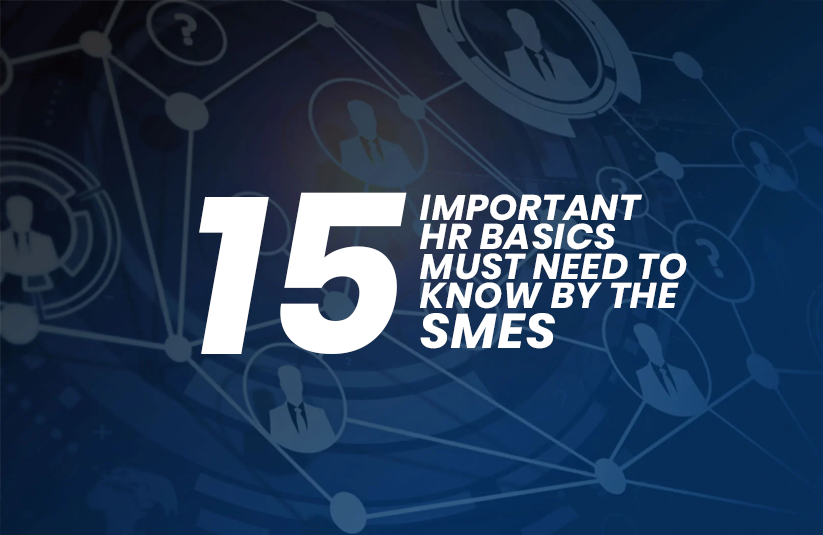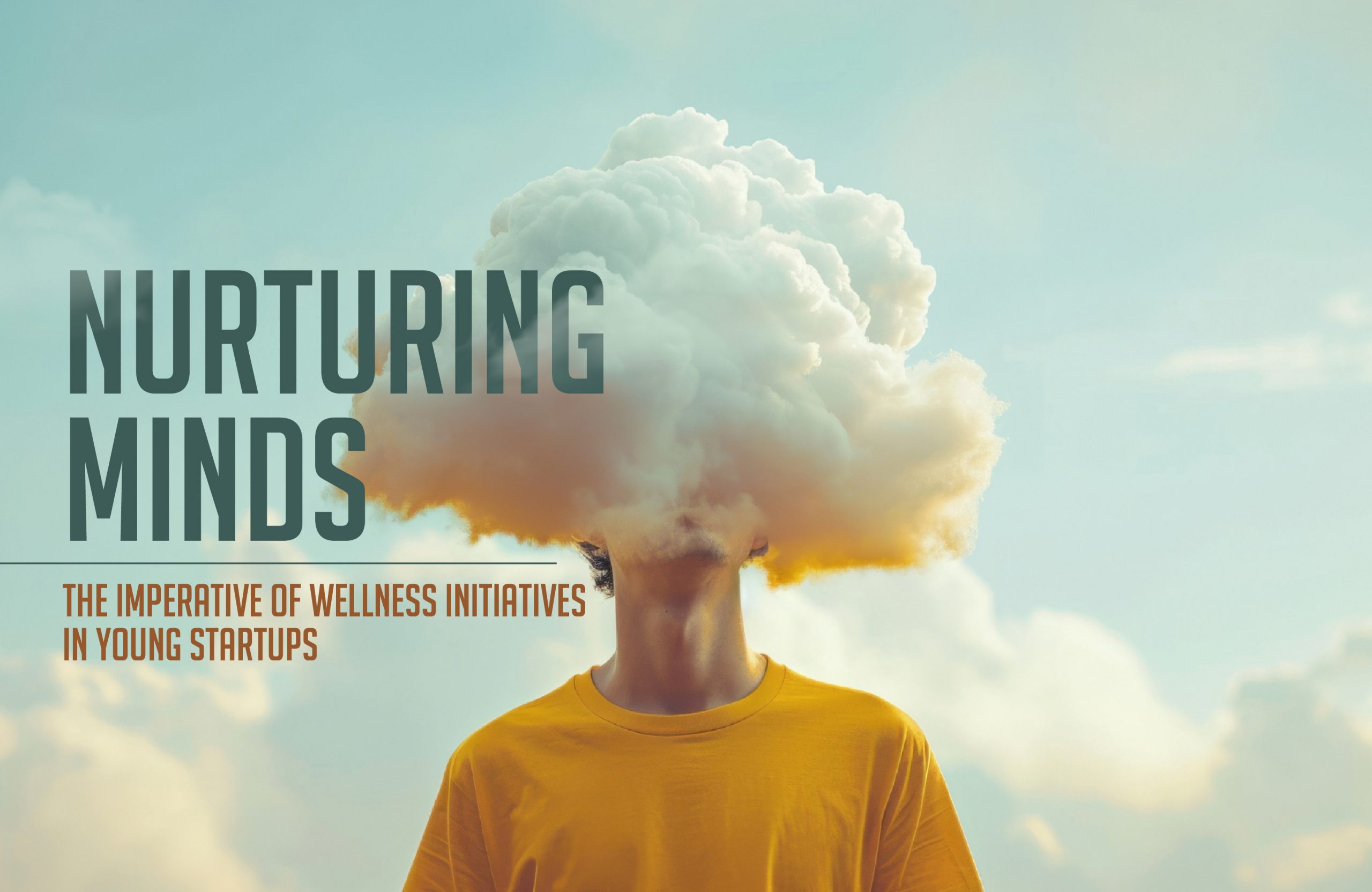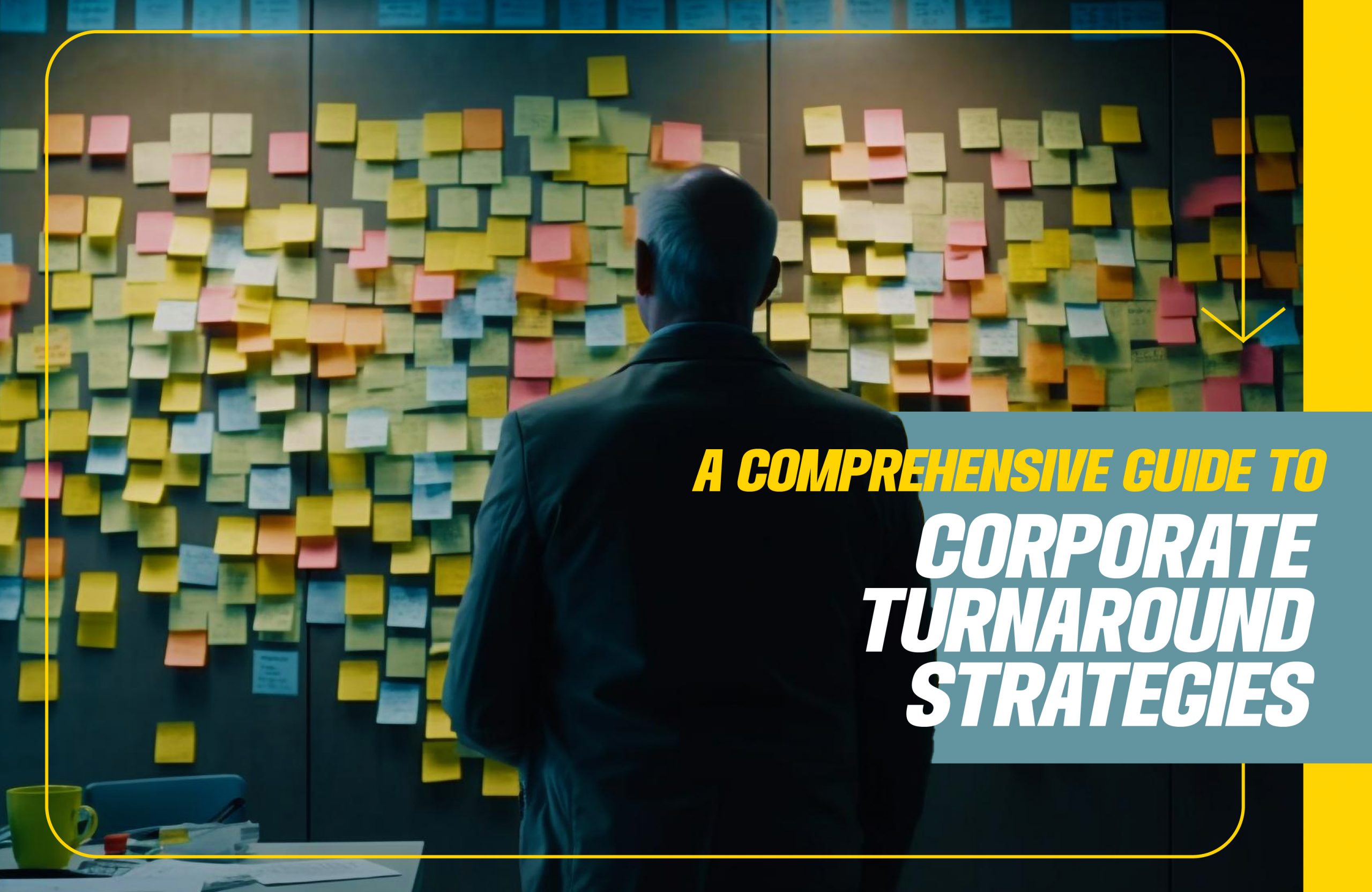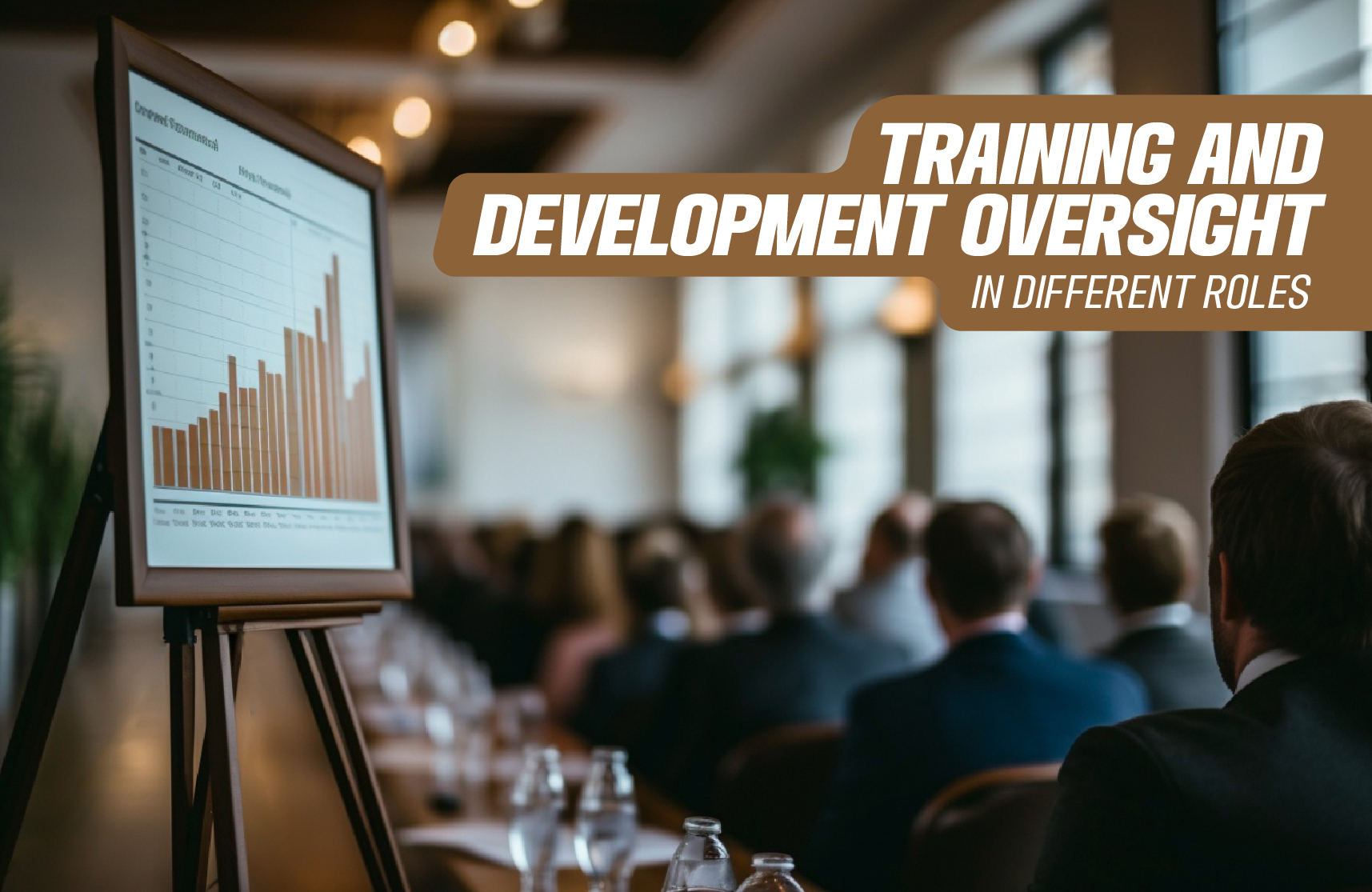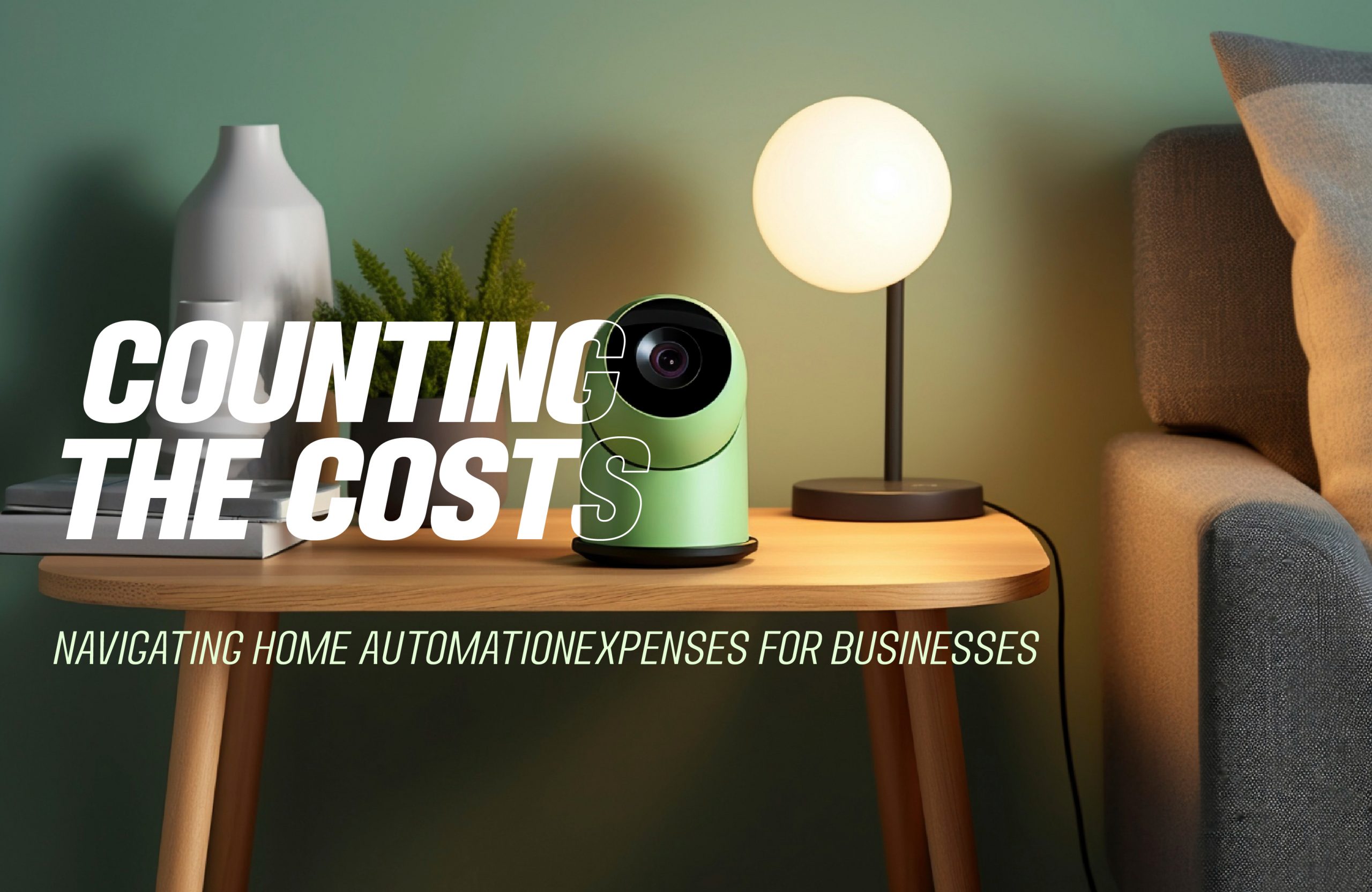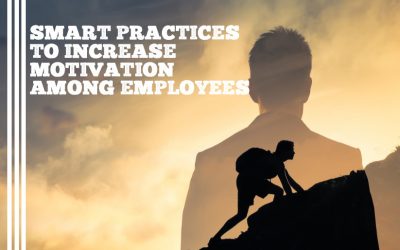HR in Small Business
When you start a new business or want to grow SMEs (Small and Medium Enterprise) effectively, you need to think about many things; like sales, promotional activities, product development, business expansion, target market, etc. All these things are equally essential for the business and its growth. But, generally, small businesses, while taking care of all the activities (mentioned above), sometimes forget about human resource activities. But they forget that a giant firm grows by developing the personnel department only.
The human resource department of the company recruits employees who work hard to develop the business and increase profitability. Hiring, onboarding, training and development, performance management, monthly pay, etc. core tasks that help to improve the working culture is handled by the personnel manager.
What Are The Top 15 HR Basics in small business?
As an owner of the business, do you know about employment laws and regulations? Are you capable enough to take care of your staff? Do you do enough to maintain your staff and control their activities on working premises? Of course not! Because as the owner of a business, you have so much work to do, that is why you need to appoint the best talent for the human resource department. The below listed are the primary tasks of the personnel department of the business.
1. Recruit The Best Talent
Do your excellent business plan, good promotional strategy, and actionable planning work without the workforce? If you do not have a workforce who effectively works to enlarge the business overseas, then you are in the most considerable trouble! The following are effective steps of the hiring process through which the personnel manager recruits the best talent from the vast talent pool:
- The first and foremost step is to find the need to fill the vacant place and promote the vacancy ads on different social media platforms
- The next step of the hiring process is to wait for applicants. Then, you can use the ATS (Applicant Tracking System) to track their resumes and applications
- Now, the personnel manager will screen the resume and select the top four to five applicants, and give them a call for further information
- The next step is the assessment test of the candidate. The HR manager gives the time to the candidate for their online personality and skill analysis examination
- If the applicant passes the assessment exam, they will be further sent to the respective department manager for a personal interview
- The last step is decision-making; if the applicant passes both interview rounds, they will get the offer letter, and the one who fails any round will get the thank you letter
2. Implement Advanced Technology
Technological advancement eliminates manual work from the working premises. Organizations now need to modernize the HRMS process with the use of technology to save both time and cost. Following are the steps to implement advanced technology in the workplace:
- The first step is to find the best suitable technological tools (software or application) that help employees and managers solve their queries quickly
- The next step is to manage the change in the working premises because employees do not readily accept the change
- Implement technology through effective introduction programs that solve employees’ queries and boost their knowledge about how to use the automated tools effectively
- The next step is to train the employees to effectively use the tools and techniques
- Keep the technology updated with the time
3. Offer Competitive Pay And Benefits
Do you ever think on which basis you offered the pay to the workforce? I think your answer is according to their knowledge and skills, you are right. But after joining the firm, the employee’s skills, and experience increase, then how much salary will you increase? No idea, right? By offering competitive pay to the employee, you must give them extra benefits like health insurance, parental leave, emergency leave, etc., which increases their morale and helps you to keep them for a more extended period. The following are the types of employee benefits and their importance on the working premises:
- Employee career growth benefits are essential to develop their skills. That also boosts their performance and increases productivity, which parallelly enhances the profitability of the firm
- Worklife quality benefits include flexible working hours, paid and unpaid leaves, parental leaves, vacation time, etc., allowing employees to prioritize personal and professional life
- Incentive benefits include pension and saving plans, providing an effective investment plan, offering shares of the company, etc., which improves their morale.
- Fringe benefits include profit bonus, paid leave, gratuity and PF benefits, house allowance, extra pay for their meal, etc.
4. Keep Your Employees Safe
Let us directly see some facts on employee safety and its impact.
According to the data, we can say that if the employer can’t look over employee safety, then, in the end, they will lose the fight of getting higher profit than the previous year. Thus, now it is clear that employee safety is a top priority of the personnel manager.
5. Clarifies Employment Policy With Everyone
Small companies are constantly seeking faster and more effective growth of the business, which is why they sometimes forget to follow some rules, i.e., discuss statutory compliance of the business. For that, the HR manager must prepare a handbook for the employees which includes a company overview, employee safety policies, attendance and leave policies, KPI (Key Performance Indicators) calculation, code of conduct, etc.
6. Analyze Employee Performance
The personnel department invests funds in the recruitment campaign and selects the best candidate from the vast talent pool, but what if they are not getting the expected results from the employees. The performance analysis of the employees helps the HR manager find out the lacking point of the workforce that affects their performance. Generally, nowadays, they analyze performance based on KPIs (Key Performance Indicators), through which they can define the workforce’s ability.
7. Clear Communication
The human resource department is the only one with a personal touch with each employee of the company because the HR manager is the first known person of every staff member in the firm. Moreover, if we are talking about employee retention, engagement, etc., transparency between employees and employees matters more. That is why clear communication is an essential factor through which they can achieve the expected goals.
8. Provide Effective Training
Training gives clearance of an individual’s roles and understanding of their responsibility in an organization. It also boosts the reliance of the employees, which increases their performance. The following are the benefits of an effective training program:
- Providing adequate training to the employees increases their performance, which fosters the growth of the company
- The training campaign bridges the gap between the weakness and skills gaps of the employees and provides them with advanced training
- High performance increases employee satisfaction which is the best tool for keeping them for a longer time, etc.
That is why we can say that investing in employee training and development campaigns is worthy because it gives a return by increasing the profitability of the business.
9. Improve Employee Satisfaction And Retention
Each department of an organization is constantly working on growing the business, but only the personnel department is continuously looking over employee satisfaction and retention on the working premises. The following are the ways to improve employee satisfaction and retention:
- HR managers can offer career and development opportunities to the employees to grow their skills
- After conducting an effective SWOT analysis of individuals, the HR manager can personally look over their weak points and arrange a retraining session for them
- Effectively balancing their personal and professional life also helps them to keep the workforce for the long term
- Providing them monetary and non-monetary rewards also increases their satisfaction
There are many ways to increase employee satisfaction, directly reducing the employee turnover ratio. The HR managers must choose an effective way to keep them for a long time.
10. Comply With Rules
Did you ever think, Why do small businesses fail frequently? One of the significant obstacles that hurt the growth of SMEs is the Employment law when they are not aware of it. Small business owners need to ask some questions, i.e., Am I treating each employee equally? Am I giving them a chance to grow their skills? Am I capable enough to keep all the records and calculate the payroll accurately? If you get a positive answer to each question, you never fail.
11. Quick Conflict Resolution
The human resource manager must resolve the conflict quickly before it turns into personal dislike because it may decrease employee engagement and productivity and parallelly hurt the business’s growth. Following are the importance of conflict resolution:
- It builds positive employee-employee and employee-employer relationships
- Quick conflict resolution leads the organization towards goal achievement
- It enhances the loyalty and commitment of the workforce etc
12. Involve Staff In Decision-Making
The employee feels that their opinion matters when you involve them in a decision-making activity. It fosters teamwork and also increases employee engagement and productivity. A small step taken by the employer increases the profitability of the business, then why can’t they implement it?
13. Enable Fairness With A Diverse Workforce
The personnel department intentionally recruits a diverse workforce on the working premises. But sometimes, small businesses forget the benefits of considering everyone individually. Fairness matters when we are talking about employee retention.
14. Employee Appraisals And Awards
It is not always necessary to provide monetary rewards to employees; sometimes, non-monetary rewards like appreciation, one-day paid leave, vacation trips, small picnics with family, etc., motivate employees to enhance their performance and their loyalty to the company.
15. Effective Exit Interview
When an employee gives a resignation to leaves the job, the personnel manager conducts an exit interview through which they can know the employee’s experience for the future of the company and attract new talent.
The Bottom Line
If the above fifteen hr basics in small business followed by every SMEs(Small and Medium Enterprises) effectively, then no one can hold them to grow in a highly competitive market. Moreover, they must focus on employee-centric policies rather than profit-centric ones at the initial stage.
